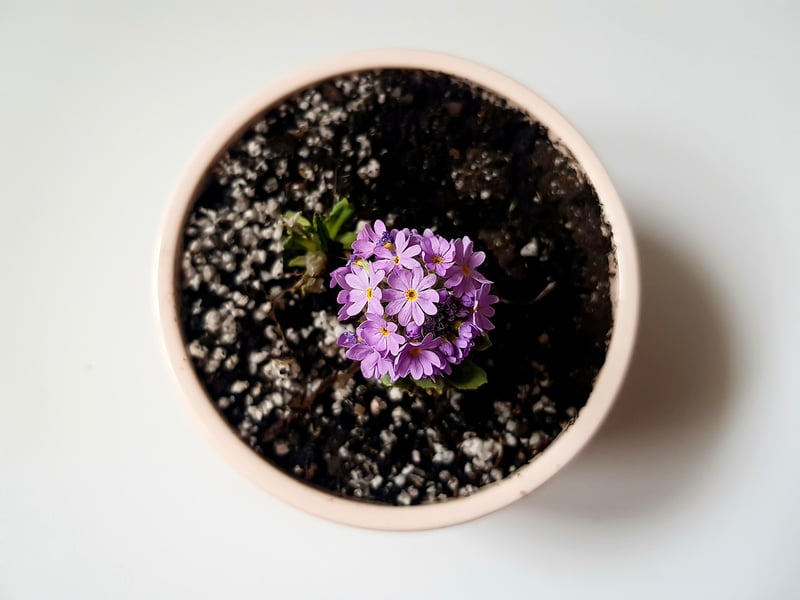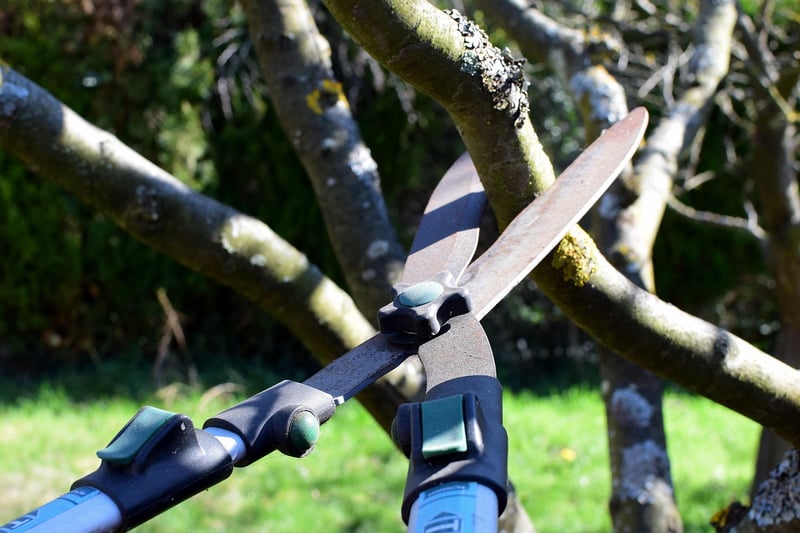Pruning Practices
#Garden Care
#Sunlight
#Trimming
Essential Care for Vertical Gardens + Pruning Practices
Introduction to Vertical Gardens
Vertical gardens are a popular trend that allows you to grow plants vertically, making them ideal for small spaces or adding a green touch to your walls. However, to keep your vertical garden thriving, proper care and maintenance are essential.
Essential Care Tips for Vertical Gardens
- 1. Watering: Ensure your vertical garden receives adequate water. Since vertical gardens have a smaller soil volume, they may dry out faster.
- 2. Light: Choose plants that suit the light conditions of your space, whether it's full sun, partial shade, or shade.
- 3. Fertilizing: Regularly feed your vertical garden with a balanced fertilizer to promote healthy growth.
- 4. Weeding: Keep an eye out for weeds and remove them promptly to prevent competition for nutrients.
- 5. Monitoring: Check your vertical garden regularly for pests, diseases, or any signs of stress in plants.
Pruning Practices for Vertical Gardens
Pruning is essential for maintaining the health and appearance of your vertical garden. Here are some pruning practices to follow:
- 1. Deadheading: Remove spent flowers to encourage new blooms and maintain plant vigor.
- 2. Thinning: Thin out crowded areas to improve air circulation and prevent disease.
- 3. Shaping: Trim plants to maintain the desired shape and size within your vertical garden.
- 4. Removing Diseased Parts: Promptly remove any diseased or damaged parts to prevent the spread of infection.
Conclusion
By following these essential care tips and pruning practices, you can ensure that your vertical garden remains healthy, vibrant, and visually appealing. Remember to tailor your care routine to the specific plants in your vertical garden and enjoy the beauty of your green oasis.

For more inspiration and ideas on vertical gardening, check out The Spruce.
